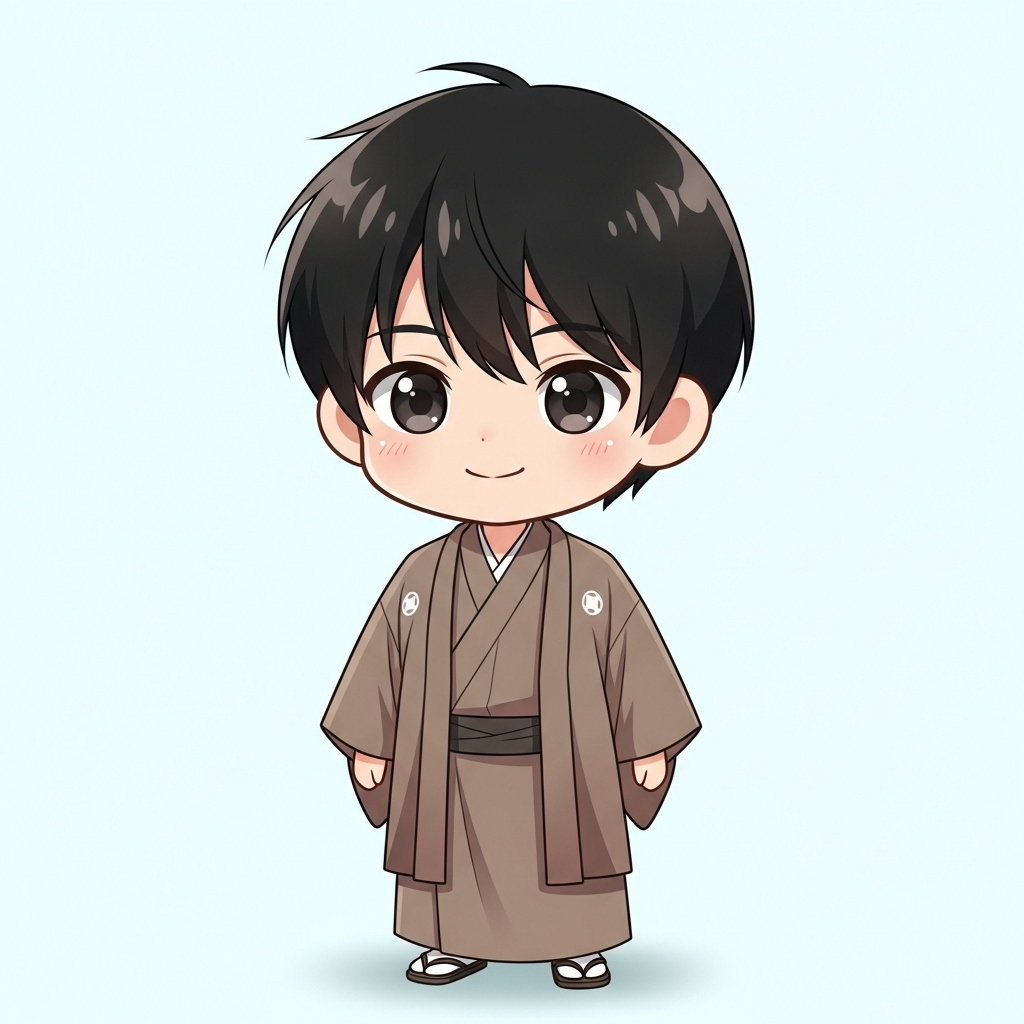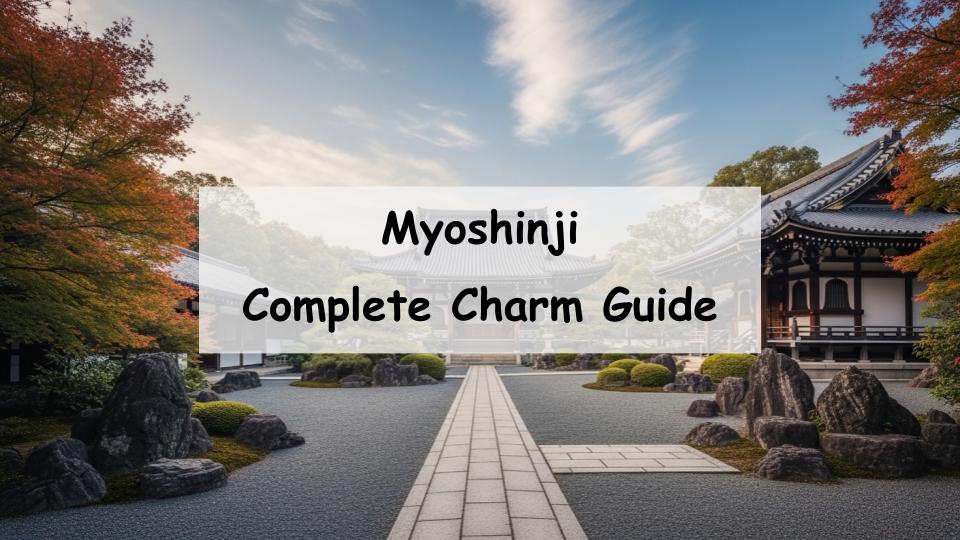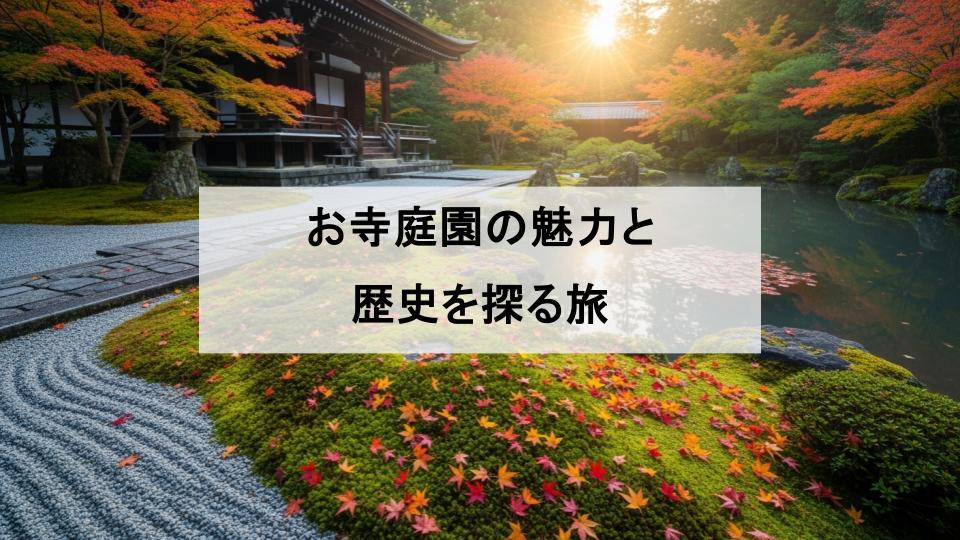Are you looking for a must-visit destination in Kyoto and wondering, “What is Myoshin-ji like?” “What are its highlights?” or “How can I get there?”
In short, Myoshin-ji is one of Japan’s largest Zen temples, offering tranquil gardens, historic architecture, and a calming spiritual atmosphere. Beyond sightseeing, you can also enjoy seasonal beauty and Zen experiences, making it a deeply rewarding place to visit.
In this article, we’ll guide you through the unique features of Myoshin-ji, its must-see attractions, how to get there, and what to know before your visit. By the end, you’ll understand exactly why Myoshin-ji is such a special place.
What is Myoshin-ji? History and Basic Information
Historical Background of Myoshin-ji
Myoshin-ji was founded in 1337 under the imperial order of Emperor Hanazono and became a major temple of the Rinzai Zen sect. While the emperor initiated its creation, the first abbot was the revered monk Kanzan Egen. Over the centuries, the temple complex expanded through the Muromachi and Edo periods, eventually forming the vast grounds we see today. The temple’s history still resonates in its quiet, solemn atmosphere.
Its Role in Zen Buddhism
Myoshin-ji serves as the head temple of the Myoshin-ji school within the Rinzai sect of Zen Buddhism, overseeing more than 3,400 affiliated temples across Japan. Known for its practical and meditative approach to Zen, it plays a central role in preserving and spreading Zen teachings. Visitors can witness and engage in Zen practices that offer profound insights into mindfulness and simplicity.
Size and Layout of the Temple Grounds
Covering approximately 330,000 square meters, the Myoshin-ji complex is as vast as ten Tokyo Domes. Within this expansive area, there are over 40 sub-temples, known as tatchu, each with its own unique garden, architecture, and history. The main area includes the Buddha Hall, Dharma Hall, and abbot’s quarters, arranged in a typical Zen layout that emphasizes simplicity and harmony.
Highlights of Myoshin-ji: What to See and Explore
The Famous Garden of Taizoin Temple
One of the most celebrated sub-temples within Myoshin-ji is Taizoin, known for its exquisite Zen gardens. The modern stroll garden Yokoen, designed by landscape artist Nakane Kinsaku, features seasonal flowers, a pond, and a harmonious layout that soothes the mind. Meanwhile, the older Motonobu Garden represents classic Muromachi-style dry landscape design. Both gardens offer a quiet retreat into nature and contemplation.
Architectural Beauty of Japan’s Largest Zen Temple
Myoshin-ji’s architecture reflects the aesthetics of Zen: modest, symmetrical, and deeply spiritual. One highlight is the Dharma Hall, with its massive ceiling painting of a dragon by Kano Tan-yu. The painting appears to follow you no matter where you stand—a symbolic guardian of Buddhist teachings. The abbot’s quarters and stone gardens further emphasize balance and serenity through their elegant design.
Seasonal Scenery and Events
Cherry Blossoms and Autumn Leaves
Myoshin-ji is renowned for its seasonal beauty, especially in spring and autumn. In spring, cherry blossoms bloom throughout the complex, while autumn brings vibrant red and gold foliage, particularly around Taizoin and Keishun-in. The peaceful surroundings and picturesque scenery create the perfect setting for reflection and relaxation.
Special Openings and Night Illuminations
At certain times of the year, Myoshin-ji opens usually off-limits areas for special public viewings. These seasonal events often include rare glimpses of historic halls, statues, and art pieces. Some sub-temples even host night-time light-up events, turning the temple grounds into a magical wonderland after dark.
Experiences to Enjoy at Myoshin-ji
Zazen Meditation and Sutra Copying
Myoshin-ji offers introductory zazen (seated meditation) sessions that allow visitors to immerse themselves in the essence of Zen. These sessions are beginner-friendly and help you focus on breathing and posture. Sutra copying (shakyo) is also available, offering a meditative and mindful way to engage with Buddhist scripture.
Guided Tours for Deeper Insight
For first-time visitors, guided tours provide rich historical context and help you understand the philosophy and structure of the temple complex. Some tours are available in English and include visits to usually restricted areas, enhancing your appreciation of the site’s cultural depth.
Temple Cafés and Rest Spots Nearby
Around Myoshin-ji, you’ll find charming cafés and teahouses offering traditional sweets and matcha. These peaceful spots are perfect for resting and enjoying a quiet moment after your temple exploration. Many cafés incorporate seasonal flavors and Kyoto-style hospitality that complement the Zen experience.
How to Access Myoshin-ji
By Train or Bus
Myoshin-ji is conveniently located just a 5-minute walk from JR Hanazono Station, which is about 15 minutes from Kyoto Station. City buses also serve the area, with stops like “Myoshinji-mae” or “Myoshinji Kitamon-mae” placing you just minutes away from the temple gates. This makes it easy to include Myoshin-ji in your Kyoto itinerary.
By Car and Parking Information
If you prefer to drive, Myoshin-ji is about a 30-minute ride from the Kyoto Minami IC of the Meishin Expressway. Parking is available for visitors, but during busy seasons, it may be full. In such cases, public transportation is recommended. There are also coin-operated parking lots in the surrounding area.
Nearby Attractions and Model Itineraries
Myoshin-ji is located near several other famous temples, including Ninna-ji and Ryoan-ji, making it ideal for a half- or full-day Zen-themed tour. A recommended itinerary is to visit Myoshin-ji in the morning and continue on foot to these nearby UNESCO World Heritage Sites.
Helpful Tips Before Visiting Myoshin-ji
Opening Hours, Admission Fees, and Etiquette
Most sub-temples at Myoshin-ji are open from 9:00 AM to 5:00 PM, though hours can vary, so it’s best to check in advance. Entrance fees range from ¥500 to ¥1,000 depending on the temple. Visitors are asked to respect the quiet atmosphere, avoid loud conversation, and follow rules regarding photography.
Best Times to Visit and Crowd Conditions
Weekends and holidays can be busy, especially during cherry blossom and autumn foliage seasons. Visiting early in the morning or on weekdays offers a quieter, more meditative experience. The temple’s spacious grounds also help maintain a sense of calm even when visitor numbers are high.
Where to Eat and Stay Nearby
The Myoshin-ji area has several restaurants and cafés serving Kyoto-style cuisine. Accommodations range from traditional ryokan inns to modern hotels. Staying nearby allows you to enjoy early morning or evening visits to the temple in a more peaceful setting.
Conclusion: Enjoy a Peaceful Moment at Myoshin-ji
The Healing and Insight Myoshin-ji Offers
More than just a sightseeing spot, Myoshin-ji offers visitors the opportunity to reflect, learn, and experience Zen firsthand. From the serene gardens to the spiritual atmosphere, it’s a place that stays with you long after your visit.
A Welcoming Destination for First-Time Visitors
With its accessible location, guided tours, and rich cultural experiences, Myoshin-ji is ideal even for those new to Zen or Japanese temples. Use this guide to plan your visit and discover why Myoshin-ji is one of Kyoto’s most profound and peaceful destinations.
A Message from the Guide

The grounds are so vast that it feels like an entire town, and you can really sense the history.











Comment